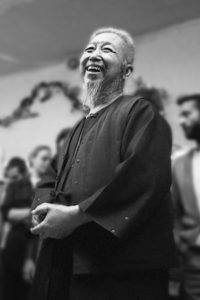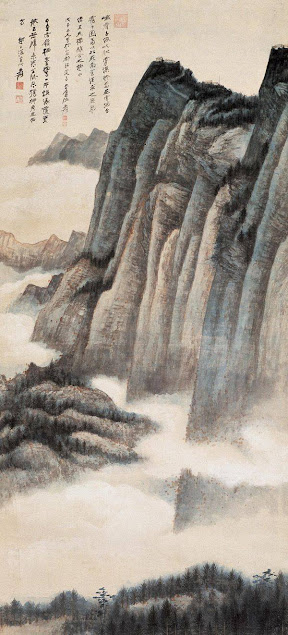Continuing the theme of teaching...

Continuing the theme of teaching - and non-Taiji posts - I came across this in something that I'm currently reading. "Being a coach is not about swagger or bravado. It's not just about how well you can play or the knowledge and information you have accrued, it's about how you communicate it to your player and tailor it to their needs. And it's about your passion, commitment and emotional resilience." While the (martial) skill of many past Taiji greats is often discussed it's less apparent how well they conveyed their skills to the next generation and in some cases (notably Yang Shaohou) they were clearly not sympathetic teachers. [Image: Cheng Man-ching and ???]






























